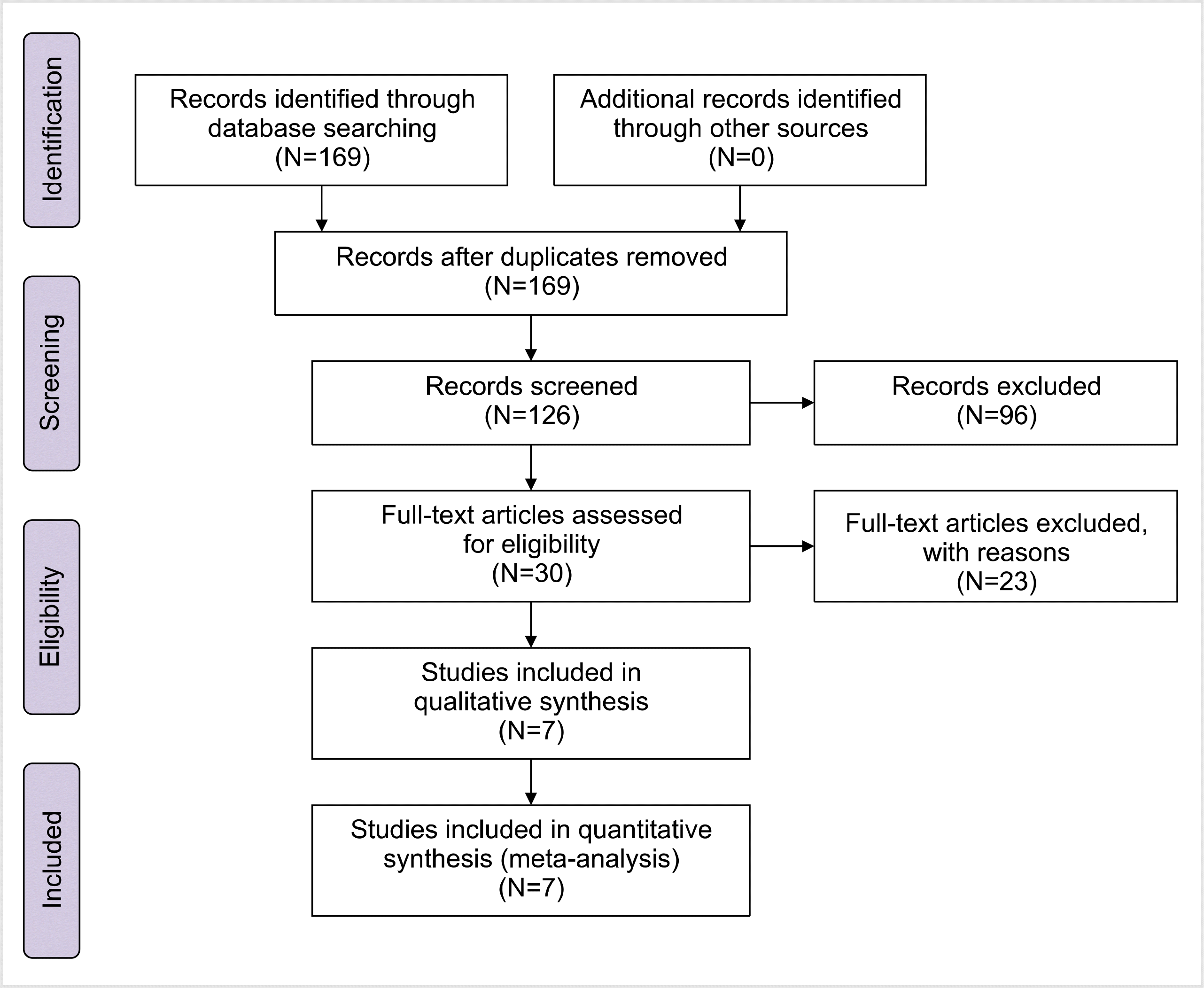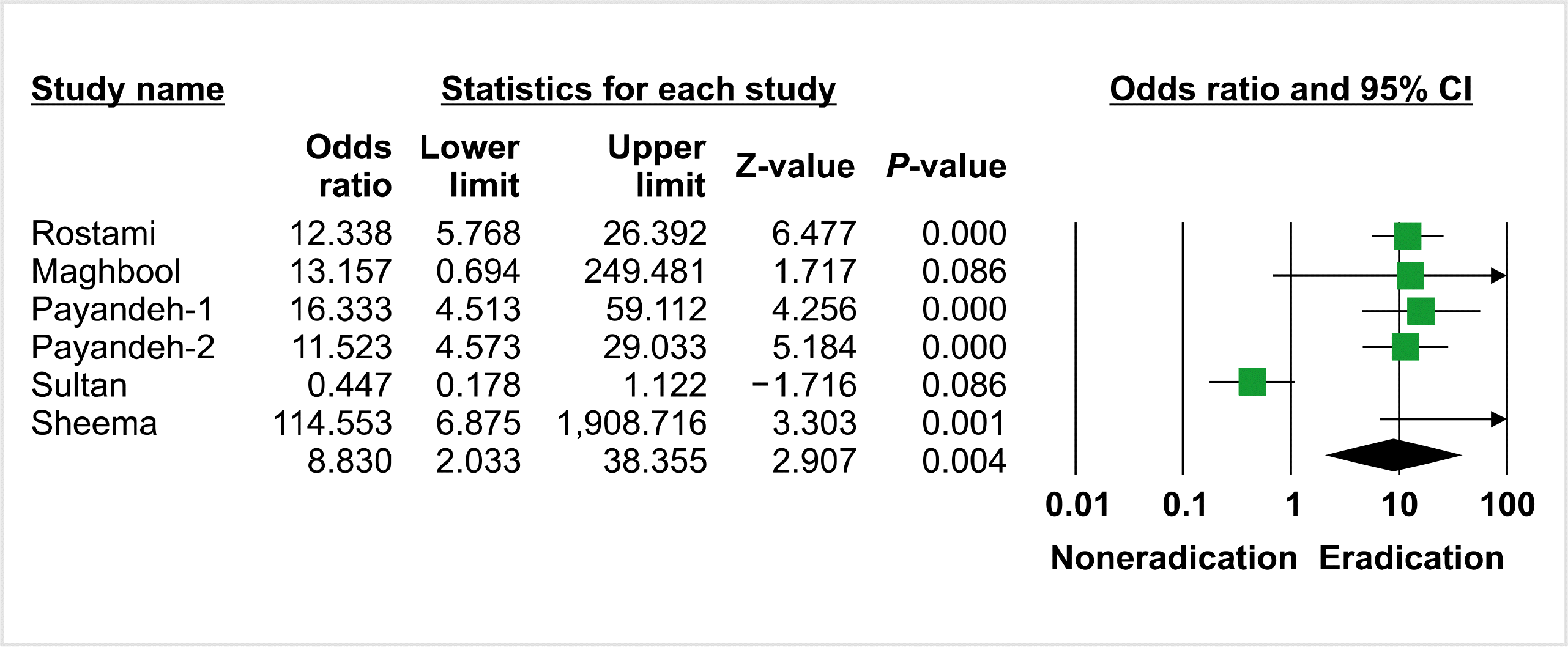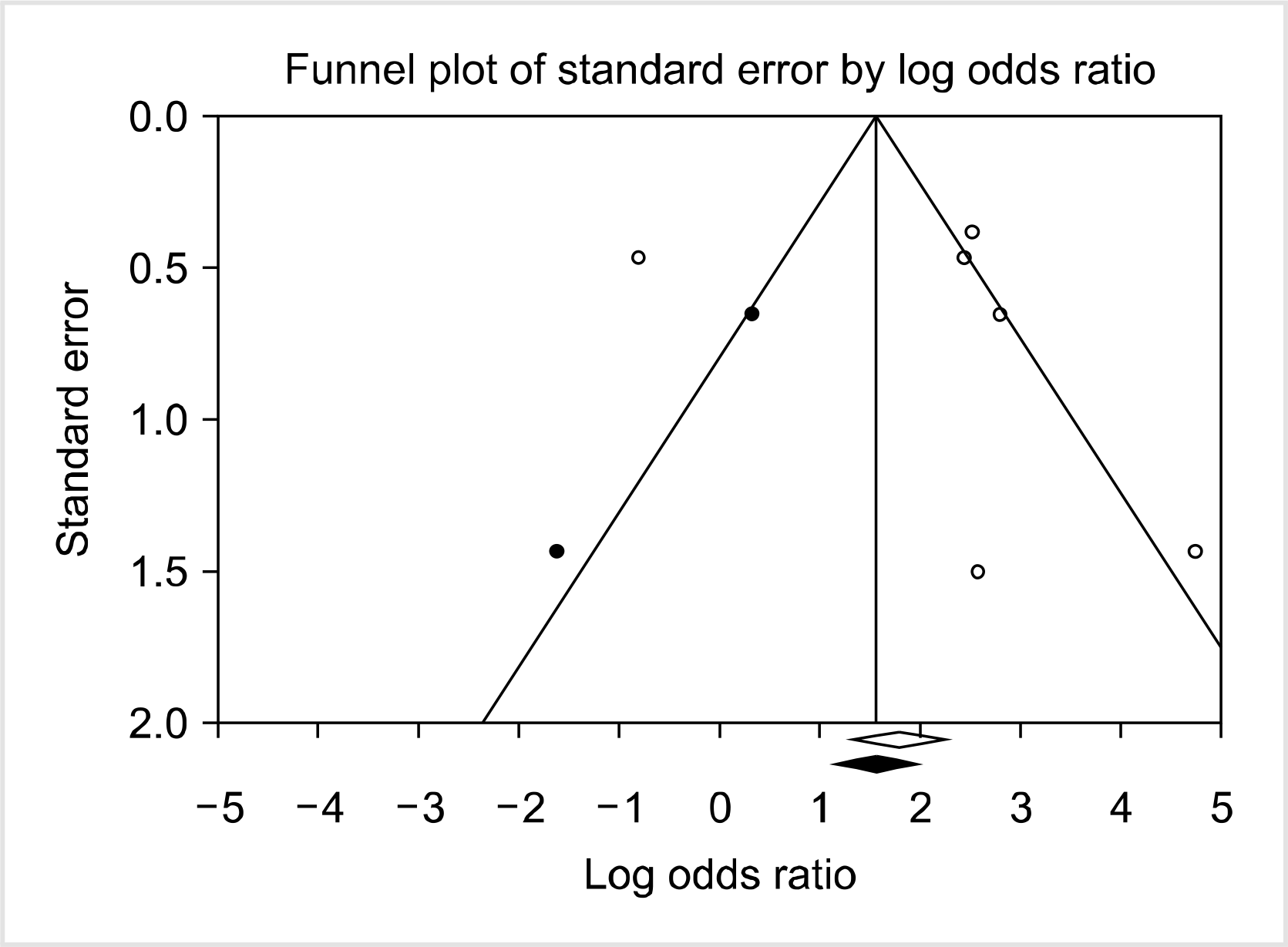As a Gram-negative bacterium,
H. pylori is responsible for most cases of peptic ulcers and gastric cancer worldwide. It is also associated with mucosa-associated lymphoid tissue (MALT) lymphoma, although the transmission pattern of this pathogen is not completely understood [
25,
26]. Overall, it is widely known that
H. pylori is transmitted through oral-oral, fecal-oral, and gastro-oral routes [
27]. As a highly prevalent infection,
H. pylori is commonly acquired in early stages of life and grows in digestive tract and stays in the host’s body for the rest of its life [
28,
29]. The most common manifestation of
H. pylori is gastritis, although its clinical manifestations vary from case to case [
26,
29,
30]. Interestingly, the prevalence of
H. pylori infection also varies from country to country, indicating the probable role of genetics and race in the prevalence of infection. For instance, Hooi
et al. [
31] estimated the prevalence of
H. pylori infection to be 81%, 59%, and 77.2% in Pakistan, Iran, and Turkey, respectively, while they estimated the prevalence for Egypt and Denmark to be 40.9% and 22.1%, respectively. The significant difference in the reported prevalence of
H. pylori infection might be due to factors such as access to clean water, population density, and the level of social health in the country. Gasbarrini
et al. [
32] reported an association between
H. pylori and ITP for the first time in 1998; since then, different studies have several proposed possible mechanisms for this association. Using different mechanisms, it is believed that
H. pylori escapes from innate immune mediators and attaches to gastric epithelial cells. After attachment, one of the important virulence factors of
H. pylori, cytotoxin-associated gene A (CagA), induces inflammation through NF-κB signaling and interleukin (IL)-8 stimulation [
33,
34]. In addition, CagA activates SHP-2 phosphatase and ERK (a mediator of the MPK signaling pathway), which results in the perturbation of gastric epithelial cell signaling [
33]. CagA is an immunogenic protein that stimulates the production of antibodies. Because of the molecular mimicry between CagA and GP IIb/IIIa on platelets, it is possible that antibodies against CagA cause increased destruction of antibody-coated platelets by the reticuloendothelial system in patients with chronic ITP [
35,
36]. Another aspect of this association is mediated by the vacuolating cytotoxin A gene (VacA), which is another important virulence factor of
H. pylori. VacA perturbs IL-2 signaling, inhibits proliferation of helper T cells, and mediates adherence to platelets [
33]. In addition,
H. pylori can use the von Willebrand factor (VWF) to increase adherence to platelets [
37], resulting in the activation and consumption of platelets, which is another possible cause of thrombocytopenia in
H. pylori-
induced ITP. Several meta-analyses and random clinical trials have already reported a positive outcome of
H. pylori eradication on the platelet count of patients with ITP. For instance, the systemic reviews and meta-analyses of seventeen studies involving 788 ITP patients showed statistically significant increases in platelet counts in successfully eradicated patients compared to controls, and untreated and non-eradicated patients [weighted mean difference (WMD), 40.77×10
9/L (95% CI, 20.92–60.63), 52.16×10
9/L (95% CI, 34.26–70.05), and 46.35×10
9/L (95% CI, 27.79–64.91), respectively] [
38]. Furthermore, a review of 25 studies involving 1,555 patients reported an overall response rate of 35.2% (95% CI, 28.0–42.4) [
39]. Similarly, by reviewing six studies with 241 patients in the eradication group, Kim
et al. [
36] reported a significantly higher overall platelet response rate than the control group (OR, 1.93; 95% CI, 1.01–3.71;
P=0.05).
This study has several limitations, including the following: i) The number of studies and patients involved was small; ii) the included studies only examined chronic ITP in adults, and therefore, the results cannot be generalized to patients with acute ITP, especially children; iii) the studies showed heterogeneity in the method used for H. pylori infection; iv) the thresholds for complete response (CR) and partial response (PR) varied among the included studies; and v) some data were missing (such as the duration of ITP). In conclusion, the results indicated a significant therapeutic effect of H. pylori eradication on the platelet count in patients with chronic ITP. It is recommended that other studies be conducted to further explore the effect of H. pylori eradication on children with ITP, and the difference between H. pylori eradication in both acute and chronic forms of the infection.




 PDF
PDF Citation
Citation Print
Print





 XML Download
XML Download